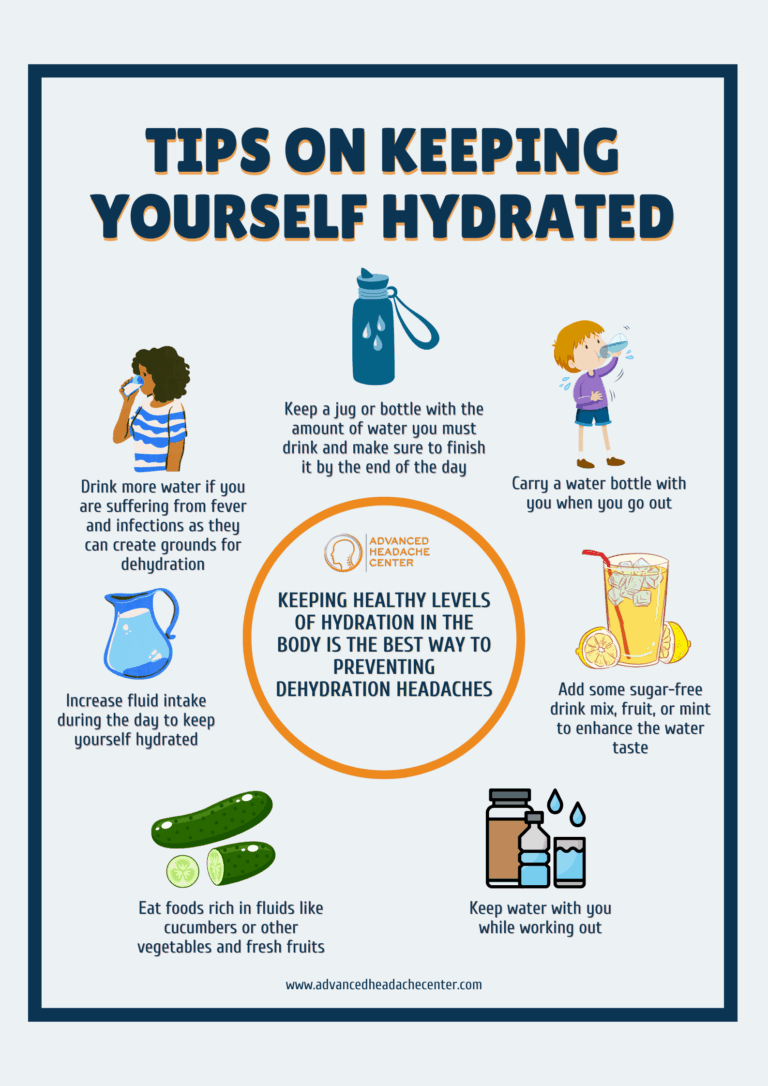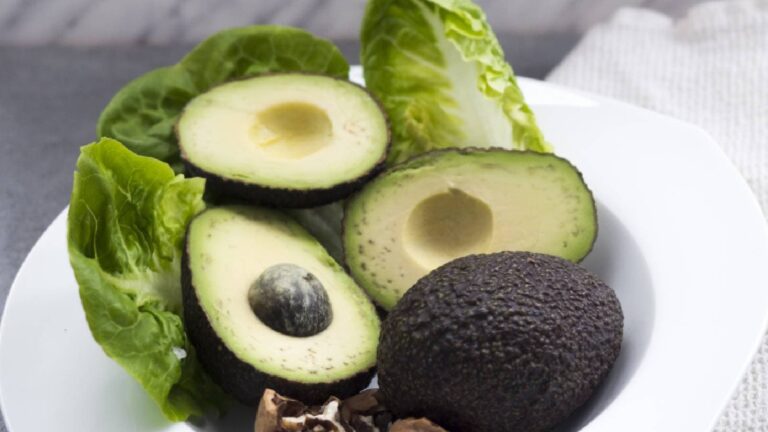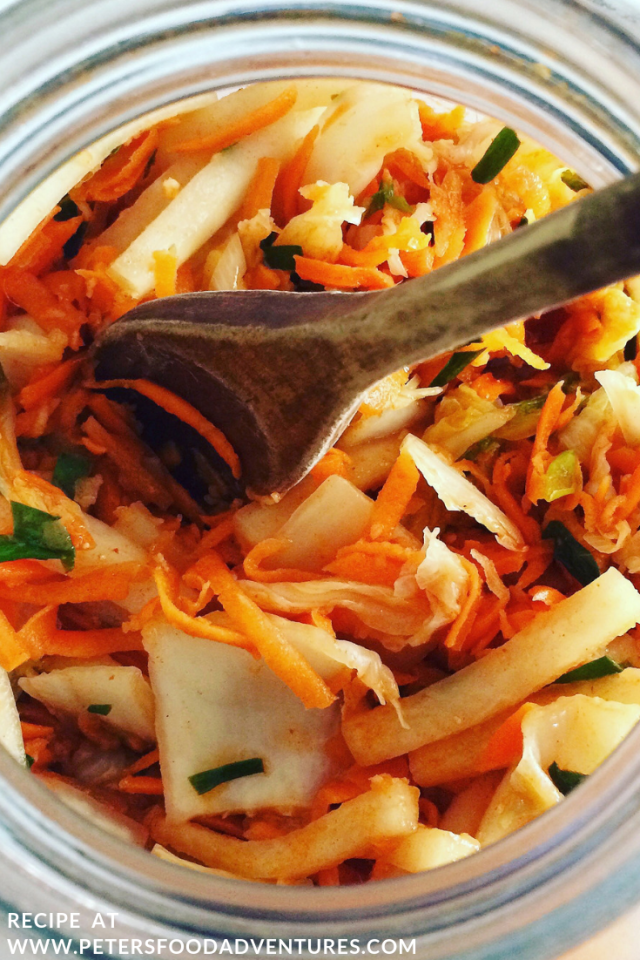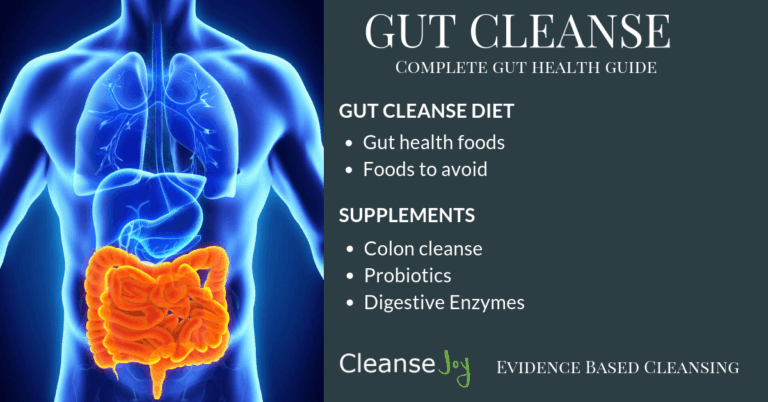The Heart of the Herb: Unveiling Rosemary’s Cardiovascular Secrets
A Journey from Ancient Lore to Modern Cardioprotection
In the verdant tapestry of the Mediterranean landscape, where sun-drenched hills meet the azure kiss of the sea, a fragrant evergreen shrub stands as a testament to nature’s enduring power. Rosmarinus officinalis, or rosemary as it is affectionately known, has for millennia woven its way through human history, gracing culinary creations, anointing sacred rituals, and serving as a potent ally in traditional medicine. From the memory-enhancing wreaths of ancient Greece to the purifying smokes of medieval Europe, rosemary’s legacy is rich and multifaceted. Yet, beyond its aromatic charm and historical mystique lies a profound, scientifically validated secret: its remarkable capacity to protect and fortify the human heart.
For the discerning mind, the journey into rosemary’s cardioprotective prowess is not merely a recitation of benefits but an unfolding narrative – a story of ancient wisdom rediscovered through the lens of modern science. It’s a tale that speaks to the intricate dance between phytochemicals and human physiology, revealing how a humble herb can stand as a formidable guardian against the encroaching shadow of cardiovascular disease, the leading cause of mortality worldwide. This deep dive will explore rosemary’s chemical symphony, dissect its multifaceted mechanisms of action, and illuminate the pathway by which this beloved herb can indeed help us protect our most vital organ.
The Chemical Tapestry: Rosemary’s Molecular Arsenal
To truly appreciate rosemary’s impact on cardiovascular health, we must first understand its complex internal architecture – the intricate array of bioactive compounds that orchestrate its therapeutic effects. Rosemary is not a monolithic entity; rather, it is a botanical pharmacy, teeming with a diverse spectrum of phytochemicals, each contributing to its overall cardioprotective symphony. The key players in this molecular ensemble include:
- Carnosic Acid and Carnosol: These two diterpenes are arguably the most celebrated compounds within rosemary, often cited as the primary drivers of its antioxidant and anti-inflammatory activities. They are fat-soluble and possess remarkable stability, making them highly bioavailable and effective in cellular environments.
- Rosmarinic Acid: A powerful ester of caffeic acid and 3,4-dihydroxyphenyl lactic acid, rosmarinic acid is a well-known polyphenol found in many Lamiaceae family herbs. It is water-soluble and contributes significantly to rosemary’s antioxidant, anti-inflammatory, and antimicrobial properties.
- Caffeic Acid: Another phenolic acid, caffeic acid, contributes to rosemary’s antioxidant and anti-inflammatory profile, often working in concert with rosmarinic acid.
- Other Flavonoids: Rosemary contains various flavonoids such as luteolin, genkwanin, and diosmetin, which are renowned for their antioxidant, anti-inflammatory, and vasodilatory effects, further bolstering its cardiovascular benefits.
- Volatile Compounds (Essential Oils): While often associated with its aroma, compounds like alpha-pinene, camphor, 1,8-cineole (eucalyptol), and limonene, present in rosemary’s essential oil, also possess therapeutic properties, including anti-inflammatory and antioxidant activities, though their direct cardiovascular impact is less studied than the diterpenes and phenolic acids.
The beauty of rosemary’s chemical composition lies not in the isolated action of a single compound, but in the synergistic interplay of these diverse molecules. This "entourage effect" means that the whole plant extract often exhibits greater therapeutic efficacy than individual isolated compounds, a principle increasingly recognized in phytotherapy. It’s this rich, interwoven tapestry of bioactive compounds that allows rosemary to address multiple facets of cardiovascular health, acting as a multi-target therapeutic agent.
The Battle Within: Rosemary’s Multifaceted Mechanisms of Cardioprotection
Cardiovascular disease (CVD) is a complex multifactorial condition, driven by a confluence of risk factors including oxidative stress, chronic inflammation, dyslipidemia, hypertension, and endothelial dysfunction. Rosemary, through its intricate chemical arsenal, intervenes at various critical junctures in the pathogenesis of CVD, offering a holistic approach to cardioprotection. Let us embark on a detailed exploration of these mechanisms:
1. Quelling the Oxidative Storm: Rosemary as a Master Antioxidant
Oxidative stress is a fundamental instigator and perpetuator of atherosclerosis, the hardening and narrowing of arteries that underpins most CVD. It arises from an imbalance between the production of reactive oxygen species (ROS) and the body’s ability to detoxify them. ROS damage vital cellular components, including lipids, proteins, and DNA, leading to endothelial dysfunction, LDL oxidation, and plaque formation.
Rosemary’s prowess as an antioxidant is perhaps its most celebrated attribute. Carnosic acid and carnosol, in particular, are exceptionally potent antioxidants, surpassing even vitamin E in some in vitro models. Their mechanisms are manifold:
- Direct Free Radical Scavenging: These compounds can directly neutralize various free radicals, including superoxide anions, hydroxyl radicals, and peroxyl radicals, preventing them from inflicting cellular damage.
- Activation of the Nrf2 Pathway: This is a crucial aspect of rosemary’s antioxidant action. Nrf2 (nuclear factor erythroid 2-related factor 2) is a master regulator of antioxidant and detoxifying genes. Carnosic acid and rosmarinic acid have been shown to activate Nrf2, leading to the increased production of endogenous antioxidant enzymes such as superoxide dismutase (SOD), catalase (CAT), glutathione reductase (GR), and heme oxygenase-1 (HO-1). This endogenous antioxidant defense system is far more robust and sustained than direct free radical scavenging by exogenous antioxidants alone. By boosting the body’s own protective mechanisms, rosemary offers a deeper and more lasting shield against oxidative damage.
- Inhibition of Lipid Peroxidation: LDL cholesterol, when oxidized, becomes highly atherogenic. Rosemary compounds effectively inhibit the peroxidation of lipids, particularly LDL, thereby reducing the formation of foam cells and the progression of atherosclerotic plaques.
- Chelation of Metal Ions: Some rosemary compounds can chelate transition metal ions like iron and copper, which are known catalysts for free radical generation, thus further reducing oxidative stress.
The cumulative effect of these actions is a significant reduction in systemic oxidative burden, creating a less hostile environment for the cardiovascular system and mitigating a key driver of atherosclerosis.
2. Dousing the Flames: Rosemary’s Anti-Inflammatory Prowess
Chronic, low-grade inflammation is now recognized as a critical factor in the initiation and progression of atherosclerosis and other cardiovascular pathologies. It contributes to endothelial dysfunction, plaque instability, and thrombosis.
Rosemary’s anti-inflammatory properties are robust and well-documented, primarily mediated by its diterpenes and phenolic acids:
- Inhibition of NF-κB Pathway: Nuclear Factor-kappa B (NF-κB) is a central transcription factor that regulates the expression of numerous pro-inflammatory genes. Carnosic acid and rosmarinic acid have been shown to inhibit NF-κB activation, thereby reducing the production of inflammatory cytokines and chemokines such as TNF-α (tumor necrosis factor-alpha), IL-1β (interleukin-1 beta), IL-6 (interleukin-6), and MCP-1 (monocyte chemoattractant protein-1). These molecules play pivotal roles in recruiting inflammatory cells to the vessel wall and perpetuating the inflammatory cascade.
- Modulation of COX-2 and LOX Enzymes: Cyclooxygenase-2 (COX-2) and lipoxygenase (LOX) are enzymes involved in the synthesis of prostaglandins and leukotrienes, potent mediators of inflammation. Rosemary extracts and isolated compounds have been shown to inhibit the activity of these enzymes, akin to non-steroidal anti-inflammatory drugs (NSAIDs), but often with a more favorable safety profile.
- Reduction of Adhesion Molecules: Inflammation leads to the upregulation of adhesion molecules (e.g., VCAM-1, ICAM-1) on endothelial cells, facilitating the adhesion and infiltration of monocytes into the arterial wall – a crucial step in atherosclerosis. Rosemary compounds help reduce the expression of these adhesion molecules, thereby dampening the inflammatory response within the vasculature.
By effectively modulating these inflammatory pathways, rosemary helps to calm the chronic inflammation that silently damages blood vessels, thus contributing significantly to cardioprotection.
3. The Vascular Guardians: Enhancing Endothelial Function and Blood Pressure Regulation
The endothelium, the delicate inner lining of blood vessels, is a critical regulator of vascular tone, hemostasis, and immune responses. Endothelial dysfunction, characterized by impaired vasodilation and increased permeability, is an early and independent predictor of cardiovascular events.
Rosemary contributes to vascular health through several mechanisms:
- Nitric Oxide (NO) Bioavailability: Nitric oxide is a potent vasodilator and a key mediator of healthy endothelial function. Oxidative stress can reduce NO bioavailability. By reducing oxidative stress, rosemary helps to preserve NO, promoting vasodilation and maintaining healthy blood flow. Some studies also suggest direct effects on NO synthesis pathways.
- ACE Inhibition Potential: Angiotensin-converting enzyme (ACE) inhibitors are a class of drugs used to treat hypertension by blocking the conversion of angiotensin I to angiotensin II, a potent vasoconstrictor. While not as strong as pharmaceutical ACE inhibitors, some rosemary compounds, particularly certain peptides and phenolic acids, have demonstrated mild ACE inhibitory activity in in vitro and animal studies, suggesting a potential role in blood pressure regulation.
- Improved Vasodilation: Through its antioxidant and anti-inflammatory effects, and potentially direct mechanisms on smooth muscle cells, rosemary can promote relaxation of blood vessels, leading to improved blood flow and reduced peripheral resistance, which contributes to lower blood pressure.
- Reduced Endothelial Permeability: By protecting the integrity of endothelial cells, rosemary can reduce the abnormal permeability of the vessel wall, thereby limiting the infiltration of lipids and inflammatory cells into the sub-endothelial space, a critical step in plaque formation.
Collectively, these actions foster a healthier, more responsive vascular system, directly addressing key components of hypertension and atherosclerotic progression.
4. Managing the Inner Currents: Lipid Metabolism and Cholesterol Homeostasis
Dyslipidemia, characterized by elevated LDL cholesterol, low HDL cholesterol, and high triglycerides, is a major modifiable risk factor for CVD. Rosemary has shown promise in modulating lipid profiles:
- Reduced LDL Oxidation: As previously mentioned, rosemary’s potent antioxidants prevent the oxidation of LDL, a crucial step in its atherogenicity. Oxidized LDL is readily taken up by macrophages, forming foam cells that contribute to atherosclerotic plaques.
- Cholesterol Synthesis Inhibition: Some studies suggest that rosemary extracts can influence hepatic cholesterol synthesis by modulating enzymes involved in the mevalonate pathway, potentially leading to a reduction in total cholesterol and LDL cholesterol levels.
- Triglyceride Reduction: Animal studies have indicated that rosemary can help lower elevated triglyceride levels, another important risk factor for CVD. The mechanisms may involve improved fatty acid oxidation and reduced hepatic lipogenesis.
- Improved HDL Function: While less direct, by reducing oxidative stress and inflammation, rosemary may indirectly support the anti-atherogenic functions of HDL cholesterol, which include reverse cholesterol transport and protection against LDL oxidation.
These lipid-modulating effects, though requiring more extensive human clinical trials, underscore rosemary’s potential to address another critical facet of cardiovascular risk.
5. Balancing Blood Sugar: Metabolic Harmony and Cardioprotection
Metabolic syndrome and type 2 diabetes are strong independent risk factors for CVD, sharing common pathways of oxidative stress and inflammation. Rosemary’s ability to influence glucose metabolism offers an additional layer of cardioprotection:
- Improved Insulin Sensitivity: Some research suggests that rosemary compounds can enhance insulin sensitivity, allowing cells to utilize glucose more efficiently. This can help lower blood glucose levels and reduce the burden on the pancreas.
- Inhibition of Alpha-Glucosidase: Similar to some anti-diabetic drugs, rosemary extracts have been shown to inhibit alpha-glucosidase, an enzyme responsible for breaking down complex carbohydrates into glucose in the gut. This slows down glucose absorption and helps prevent post-meal blood sugar spikes.
- Reduced Glycation: High blood sugar levels lead to advanced glycation end products (AGEs), which contribute to oxidative stress, inflammation, and vascular damage. By helping to regulate blood sugar, rosemary may indirectly reduce AGE formation, thus protecting the cardiovascular system.
Addressing metabolic dysfunction is paramount for cardiovascular health, and rosemary’s potential in this arena adds to its comprehensive cardioprotective profile.
6. Beyond the Core: Platelet Aggregation, Mitochondrial Health, and Epigenetics
The story of rosemary’s cardioprotection extends even further, touching upon more nuanced yet equally vital physiological processes:
- Anti-Platelet Aggregation: Excessive platelet aggregation can lead to thrombus (blood clot) formation, a direct cause of heart attacks and strokes. Some studies have shown that rosemary extracts can inhibit platelet aggregation, suggesting a potential anti-thrombotic effect. This is another mechanism that could reduce the risk of acute cardiovascular events.
- Mitochondrial Health: Mitochondria are the powerhouses of our cells, and their dysfunction is increasingly implicated in various chronic diseases, including CVD. Rosemary’s antioxidants can protect mitochondria from oxidative damage, ensuring efficient energy production and cellular resilience, particularly in cardiomyocytes (heart muscle cells) which have high energy demands. By supporting mitochondrial function, rosemary contributes to the overall health and vitality of cardiac tissue.
- Epigenetic Modulation: An emerging area of research is the ability of dietary compounds to influence gene expression without altering the underlying DNA sequence – a phenomenon known as epigenetics. Early studies suggest that compounds in rosemary, such as carnosic acid, may modulate epigenetic marks, influencing the expression of genes involved in inflammation, oxidative stress, and lipid metabolism. This implies a profound, long-term impact on cellular programming that could contribute to sustained cardioprotection.
From Lab to Table: Integrating Rosemary into a Heart-Healthy Lifestyle
The beauty of rosemary’s cardioprotective potential lies in its accessibility. Unlike many pharmaceutical interventions, rosemary is a culinary herb, readily available and easily integrated into daily life.
Culinary Integration:
- Fresh or Dried: Both forms retain significant amounts of the beneficial compounds, though fresh rosemary often has a more vibrant aroma and flavor.
- Infusions and Teas: A simple rosemary tea (steeped in hot water) can be a delightful way to extract water-soluble compounds like rosmarinic acid.
- Cooking: Incorporate rosemary into a wide array of dishes:
- Roasted Vegetables: Potatoes, carrots, zucchini, and bell peppers marry beautifully with rosemary.
- Meats and Poultry: Rub rosemary onto chicken, lamb, or pork before roasting or grilling.
- Fish: A sprig of rosemary enhances the flavor of baked or grilled fish.
- Soups and Stews: Add fresh or dried rosemary for an aromatic depth.
- Breads and Focaccia: Rosemary-infused olive oil or chopped rosemary in bread dough is a classic.
- Salad Dressings: Infuse olive oil with rosemary for a flavorful and heart-healthy dressing.
- Rosemary Oil (Culinary): Infusing good quality olive oil with fresh rosemary allows the fat-soluble compounds to leach into the oil, creating a versatile ingredient for cooking and dressing.
Considerations for Dosage and Form:
While culinary use offers a delicious and gentle way to incorporate rosemary, achieving therapeutic concentrations of specific compounds like carnosic acid and rosmarinic acid might require more concentrated forms, such as standardized extracts or supplements.
- Standardized Extracts: These supplements provide a consistent dose of key bioactive compounds. Consult with a healthcare professional before starting any new supplement regimen, especially if you have pre-existing health conditions or are taking medications.
- Essential Oils (Caution): Rosemary essential oil is highly concentrated and should never be ingested without expert guidance. Its use is typically limited to aromatherapy or topical application (diluted).
Safety and Contraindications:
While generally safe for most people in culinary amounts, some precautions are warranted:
- Pregnancy and Breastfeeding: High doses of rosemary are not recommended during pregnancy as they may stimulate the uterus. Consult a doctor.
- Blood Thinners: Due to its potential anti-platelet effects, individuals on anticoagulant or anti-platelet medications should exercise caution and consult their physician.
- High Blood Pressure (in some cases): While rosemary generally helps lower blood pressure, very high doses of certain extracts might interact with medications.
- Seizure Disorders: The camphor content in rosemary essential oil, if ingested in high amounts, could potentially trigger seizures in susceptible individuals. Culinary use is generally safe.
- Allergies: Individuals with known allergies to plants in the Lamiaceae family (mint, basil, sage, thyme) should be cautious.
The Future Horizon: Research and Beyond
Despite the compelling evidence from in vitro and animal studies, the full extent of rosemary’s cardioprotective benefits in humans is still being elucidated. More large-scale, placebo-controlled clinical trials are needed to:
- Confirm optimal dosages and formulations for specific cardiovascular conditions.
- Investigate long-term effects and potential interactions with commonly prescribed cardiovascular medications.
- Explore individual variability in response to rosemary supplementation.
The future of nutraceuticals, where food-derived compounds play a role in disease prevention and management, holds immense promise. Rosemary stands as a shining example of this potential, bridging the gap between traditional herbal wisdom and modern pharmacological understanding. Its complex chemical profile and multi-target mechanisms make it an ideal candidate for further research into personalized nutrition and integrated cardiovascular care.
The Epilogue: A Green Legacy for the Heart
The journey through rosemary’s cardioprotective landscape reveals an herb of extraordinary depth and versatility. From its ancient origins, steeped in myth and memory, to its modern validation as a scientific marvel, rosemary embodies a powerful narrative of nature’s enduring capacity to heal and protect.
It is a story of how simple, accessible ingredients, when understood through the rigorous lens of scientific inquiry, can offer profound benefits for our most vital organ. By actively combating oxidative stress, dousing the flames of chronic inflammation, nurturing endothelial health, modulating lipid metabolism, and supporting metabolic balance, rosemary offers a comprehensive, natural defense against the insidious progression of cardiovascular disease.
As we stand at the intersection of culinary delight and medicinal insight, rosemary beckons us to embrace its green legacy. Let us not merely appreciate its fragrant embrace in our kitchens, but recognize its profound potential as a silent, steadfast guardian of the heart. In every sprig, in every aromatic wisp, lies a testament to nature’s profound pharmacy, waiting to be rediscovered and integrated into a life lived with vitality, flavor, and a deeply protected heart.






